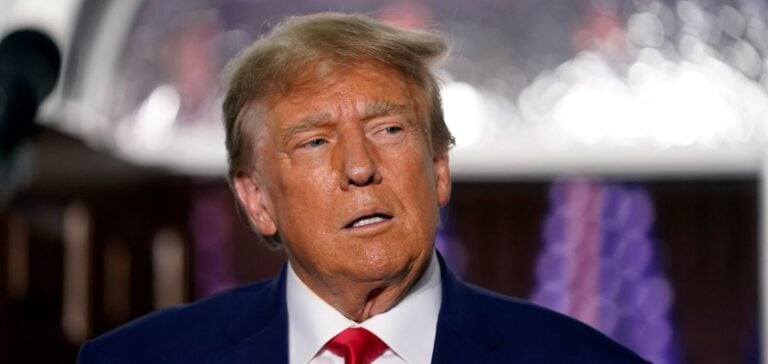The president-elect of the United States, Donald Trump, has announced his intention to block any new wind energy projects during his term. On his Truth Social network, he declared that “wind turbines are an economic and environmental disaster,” asserting that he would not allow any new construction on American soil.
A market already supported by 100,000 wind turbines
The country currently has approximately 100,000 wind turbines in operation, according to the U.S. Department of Energy. These installations have been supported by federal tax incentives, which cost the government $17.9 billion between 2019 and 2023. However, numerous studies indicate that wind energy remains competitive compared to other energy sources, such as coal, even when public subsidies are excluded.
Donald Trump rejects this conclusion, claiming that wind energy relies solely on massive subsidies, which he promises to eliminate immediately upon taking office.
Arguments contested by experts
Among the criticisms made by Donald Trump is the impact of wind turbines on marine environments, particularly whales. However, the National Oceanic and Atmospheric Administration (NOAA) emphasized that no evidence links whale mortality to offshore wind farms. Additionally, legal experts, such as Katrina Fischer Kuh from Pace University, argue that federal powers to block such projects are limited, especially for initiatives that do not require federal funding or authorization.
A plan to dismantle inactive wind turbines
In parallel, the president-elect mentioned dismantling wind turbines deemed inactive or defective, without specifying how these actions would be financed or regulated. According to Jeffrey Thaler, an expert in energy policy law at the University of Maine, such projects would require substantial resources and collaboration with local stakeholders.
Donald Trump’s statements have sparked mixed reactions, dividing business leaders and policymakers between those supporting energy transition efforts and those sharing his skepticism.






















